Last updated on March 14th, 2024
What we can learn from Angela Maxwell and her walk around the world
by Carolyn Ray
When Angela Maxwell decided to walk around the world, she knew it would be dangerous, but she trusted her intuition and followed her heart.
“I knew, being a woman alone, that this was very dangerous,” she says. “But I felt so called to do this. I knew this is my path in life and that I would regret it if I didn’t do it. It was almost spiritual. I was inspired by the women who had done this and I thought ‘if they can do this, I can do this’.”
Over the next six and a half years, she walked the globe, from Oregon to Australia, beginning began a journey of self-discovery that fed her sense of adventure and taught her valuable life lessons.
I met Angela at Women’s Travel Fest in Portland, where she shared the story of her 20,000 mile walk across four continents. Living on less than $5 a day, she slept in a tent, lugging her supplies and water in a cart, camping out in the wild and eating two-minute noodles.
During her travels, she said: “Most women are supportive – the men think I’m a bit crazy. I go through a phase of being scared every night, with one ear and one eye open. As a young girl I admired the women who were breaking the rules, and I always saw myself as a little separate from them. I’ve come to realize that that’s a misconception I have about being a strong woman. It’s in our vulnerability that we’re able to connect with people.”

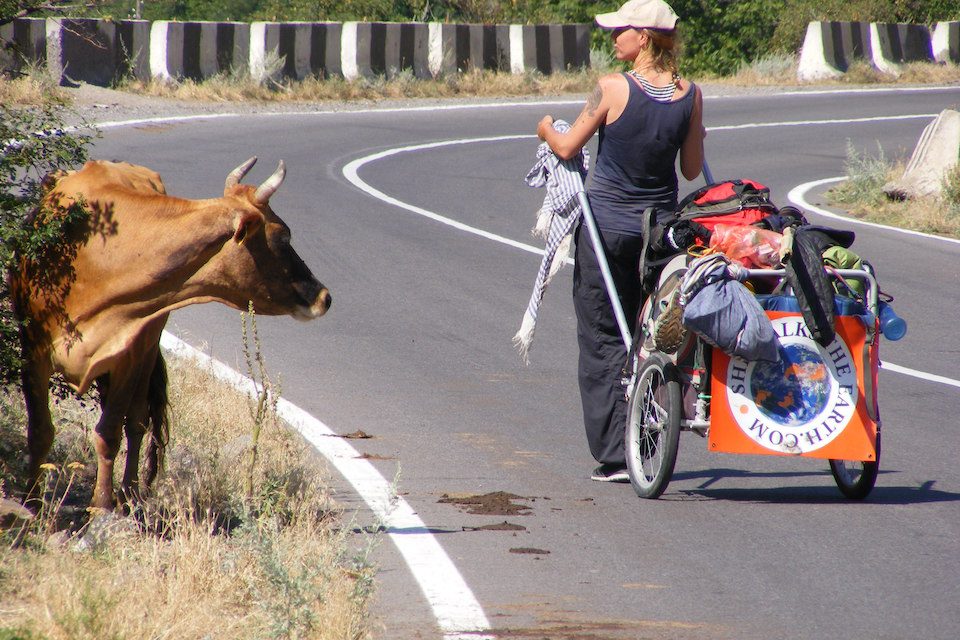
Lessons from Angela’s Journey
Lesson 1: Have conviction for your beliefs
“Each time a woman stands up for herself, she stands up for all women” ― Maya Angelou
When we step out of our comfort zone, whether it’s walking the Camino or hiking a day trip, we learn lessons that shape our lives.
These lessons remind us of the power of travel to transform us, teach us new things, and broaden our perspective on the world.
We also learn that even when there is fear, the only way to get past it is to take that first step forward. But that doesn’t happen without a little inspiration and a lot of conviction.
While she felt an inner calling to do the walk, she felt empowered by the women who came before her, like Rosie Swale-Pope, Fyona Campbell and Georgina Howell.
“I was terrified, but knowing that other women had done it and survived some very traumatic experiences inspired me,” Maxwell says.
Swale-Pope, in particular, was 57 when she decided to run around the world after the death of her husband. At 74, she’s currently running from Brighton to Nepal “to show the world that age is not a barrier when it comes to achieving your dreams.” (Source)
Maxwell’s story in itself is awe-inspiring. Her decision to name her cart Athena, after the Greek goddess, as a symbol of wisdom, courage and determination, also caught my eye.
“Athena represents many aspects of the fierce feminine, but I think of her as a protector, a warrior and a goddess that represents absolute strength and conviction,” she says. “By naming her this, I gave my cart a personality and told her ‘you’re going to help me get through this.”
Lesson 2: Build resilience
“Our greatest glory is not in never failing, but in rising every time we fall” ― Confucius
On average, Maxwell walked 15 miles a day, pulling Athena behind her through sandstorms and snowstorms. She began in Australia and made her way to New Zealand, Cambodia, Vietnam, Mongolia, Italy, Sardinia, Sicily Georgia, Turkey, Switzerland, France, Belgium, England, Netherlands, Scotland, ending in the US in January 2021. Because of the Schengen Zone, she had to leave many countries after her visa expired, and return.
According to Maxwell, the walk wasn’t the hard part. The hard part was feeling safe despite challenging terrain and weather.
“The difficult part was not letting fear keep me from walking,” she says. “There were moments when I had to use my mind and my strength to just keep moving and use my own mental capacity to remind myself that I’m capable and strong. That I’m here for a reason.”
Walking through Italy’s cobblestone villages, Maxwell recalls having to use a trail that went straight up a mountainside. Physically exhausted, sweating and overwhelmed, she reached the top, only to realize that she now had to make the same effort to go down the mountain. Zig zagging precariously down the other side, she gripped her cart tenaciously, hoping her gear wouldn’t roll down the mountain. But then, she turned a corner and saw the Alps on one side and the ocean on the other.
“It is absolutely the most divine feeling when you do something difficult and are rewarded with a view like that,” she says.
Read More: Women’s Safety Still an Issue
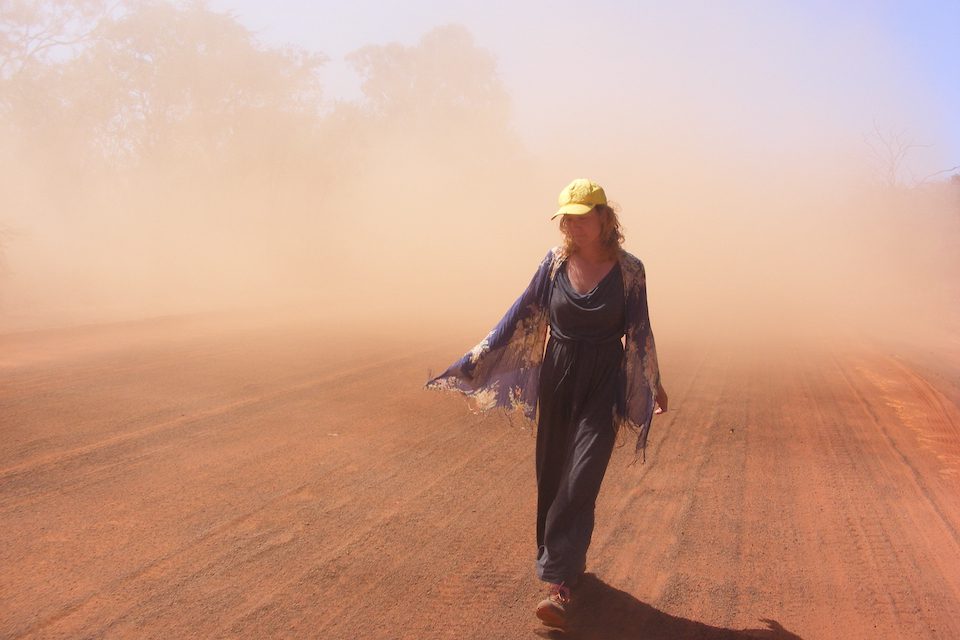
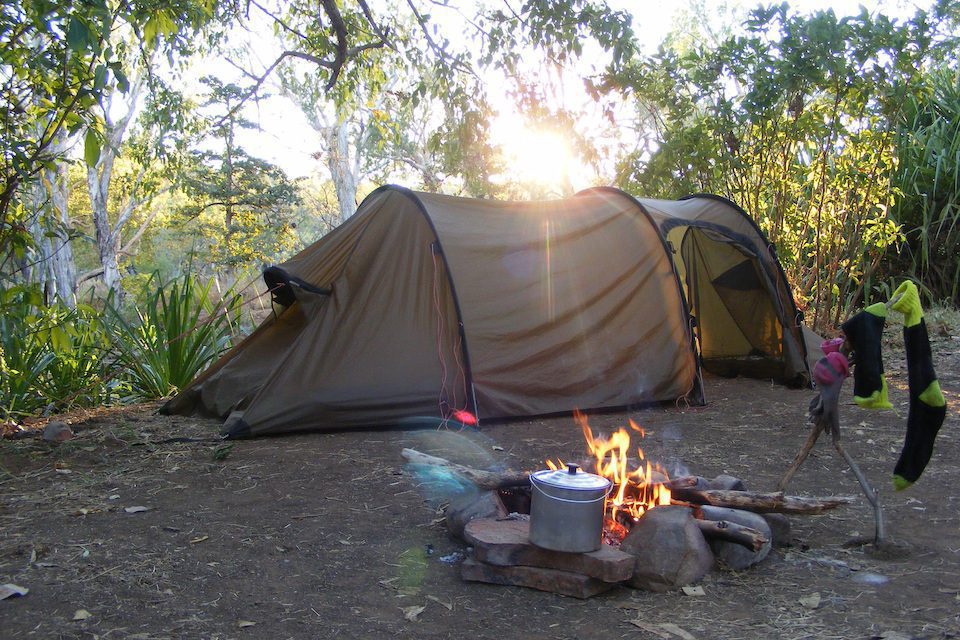
Lesson 3: Discover your own courage
“Above all, be the heroine of your life, not the victim.” ― Nora Ephron
Driven by a desire to seek new experiences, meet new people and see the world, Maxwell says she had tough days where she stayed in the tent, needing to feel invisible. Even though she gave herself permission to stop, she says there was never a time she felt like quitting, even when she was raped in Mongolia.
“A man came into my tent at 2 am and we went straight into a battle,” she says. “I did not have any of my precautions in place that night. I had a false sense of safety, from the great experiences I’d had in Mongolia living with nomadic families, and I fell asleep before having anything ready.”
Maxwell, who was a year into her walk, had taken self-defence training before she left on her journey.
“If any woman has ever experienced an assault, oftentimes we think ‘I will fight’ if this happens to you,” she says. “But initially, I froze. A battle ensued – I was assaulted. I remember just sitting there trying to accept that it had happened. I had to pack up my gear and go somewhere in case he came back. I remember sitting in this little ravine, with my headlamp on, trying to find somewhere to hide. I found a ditch and shoved Athena in it, in my down jacket, waiting for the sun to rise.”
This was a defining moment for Maxwell, the one time she considered quitting. It was the stories of other women that kept her going.
“I remembered an article about the Yazidi women and how they survived and took up arms – they had lost their brothers, husbands, children and they stood strong. Then, I thought of another woman who had survived genital mutilation and went on to write about it. I thought of women who had suffered far worse than me but they carried on.
Honestly, that’s why we have to stand up and tell our stories. In this ditch, I felt that there were all of these other women with me in spirit, saying ‘girl, you’ve got this. It’s okay. He’s not going to take anything from you. If you go home, you’re going to let him have your walk. You need to find the courage to carry on.
Women’s stories kept me going. The only difference between me and these other women is that they made a choice. They made a decision that the experience is not going to shape who you are and who you want to be.”
Lesson 4: Embrace confidence (and ignore the naysayers)
“Confidence is the most beautiful thing a woman can wear”
There were other challenges too, including dengue fever in Vietnam, which took a month of recovery and sun blisters and heat stroke in the Australian outback. Not to mention a strict budget of $5 a day, which necessitated a lot of two-minute noodles.
During her walk, she was featured in many publications around the world, including Lonely Planet, Outside, and BBC Travel. She didn’t have any sponsors, didn’t blog or post so she could enjoy being in the moment.
“Some people thought I was crazy, but usually it was kudos,” she says. “However, there were some news articles written about my journey and I made the mistake of reading the comments. Some were brutal. One woman said ‘she must be having sex ($ex)’ with a dollar sign, another said ‘she must have a sugar daddy’, or ‘she’s not alone, she has a crew, who’s taking these photos?'”
When that happened, Maxwell says she felt like an imposter or that she had failed in some way, even three years into her walk. Because of the way she looked, she was called everything from ‘homeless’ to a ‘bag lady’.
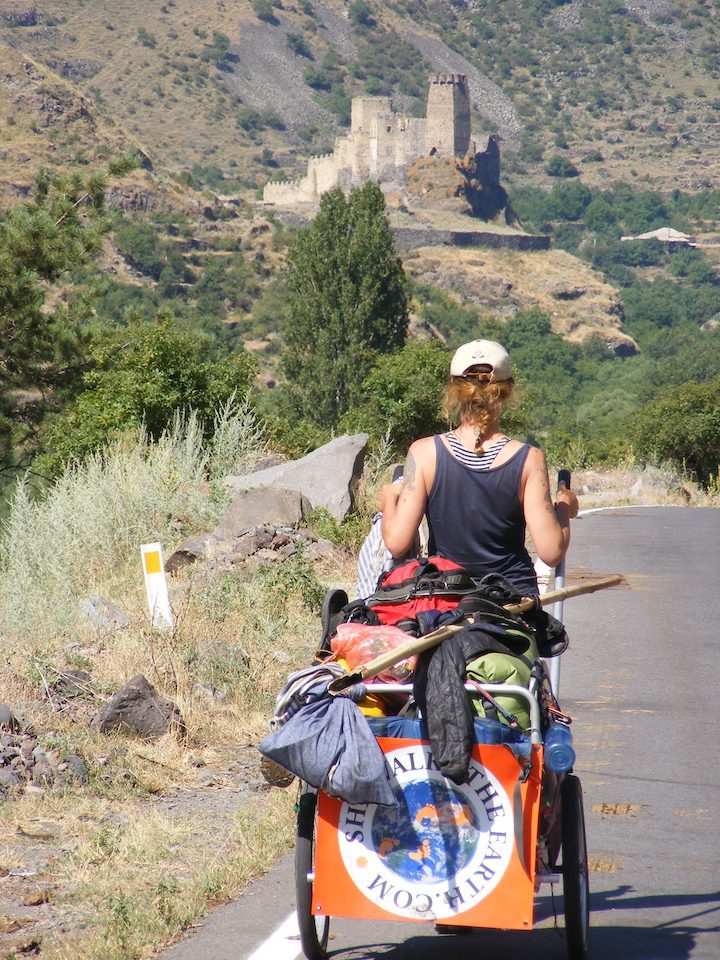
She slept in her own tent and committed to walk as much as possible, leaving no trace behind. Using donations from her website, she tried to contribute to those who invited her into their homes for meals.
“Some people needed to cut me down and judge me, to tear me down,” she says. “But we can’t choose courage by standing still – it takes a motion forward, knowing we’re probably going to be terrified, scrutinized.
“Once we recognize that people will have some opinions and that has nothing to do with who we really are, that’s the most empowering place to be. It’s like an unbreakable or unshakeable place. It doesn’t matter how people break us down.”
Lesson 5: Trust the world
“Everywhere I went, the world was on my side”
Preparing for the journey took about nine months, Maxwell estimates, largely because she had no prior experience.
“I made a lot of lists. I drew a lot of lines on a map. I hadn’t been on many adventures, just a few day hikes. I thought if I could limit myself to $5 a day, I could walk for five years. I was such a novice – I had to train my body, get the best gear, yet I didn’t know the best tent, or what clothes would take me around the world.”
Once on the road, she planned her route a few days in advance using an offline app called Pocket Earth. Living in the moment, she discovered mossy trees, mountains and plateaus from Scotland to Australia.
Often, she relied on locals to help her find bike trails and roads that would fit her two-wheeled cart. “A lot of people shaped the walk, those I met along the way.”
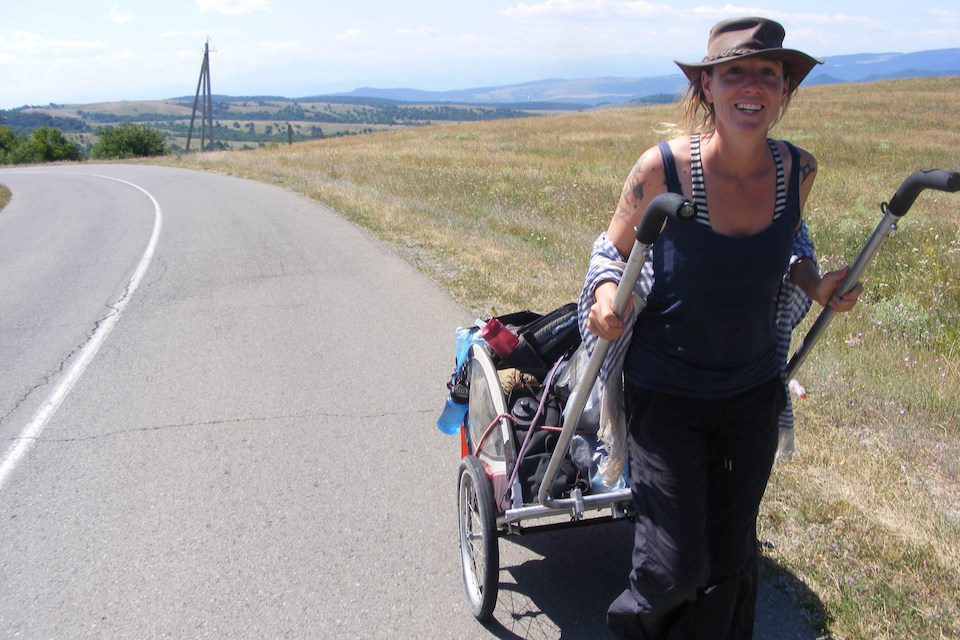
Would she do it again?
“Absolutely. I miss the road, the adventure, waking up in the tent, the terrain or who I will meet,” she says. “I didn’t get to all the places I wanted to but I had to choose being there for my family.”
In January 2021, she came back to the US. “At the time, I knew I had to finish,” she says. “I needed to be with my mom as she grieved the love of her life.” Her mother was a huge supporter of her efforts and eventually joined Maxwell as she made her way home.
Reflecting on the six and a half years, she says: “I find myself not interested in the exact number of miles or countries. There’s this masculinized way of judging achievement by distance, time and accomplishment.
I hope I can redefine how the feminine marks accomplishment. We don’t judge our achievements or failures by how difficult something was or how far we got, but by what we learned about ourselves and what we gained personally.”
Inspirational Books
Just a Little Run Around the World by Rosie Swale-Pope
On Foot Through Africa and The Whole Story by Ffyona Campbell
Gertrude Bell, Queen of the Desert, Shaper of Nations by Georgina Howell
A Circle of Quiet by Madeleine L’engle
Angela’s Packing List
2. Water purifier, like Life Straw. Find them here.
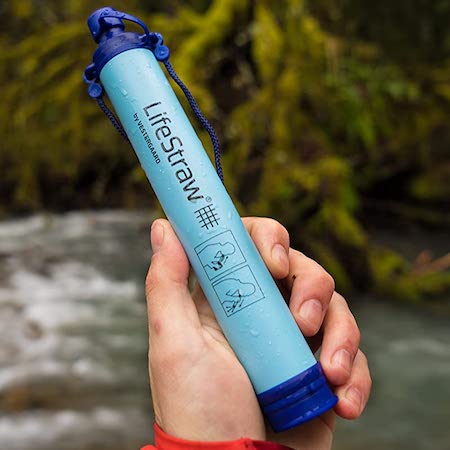
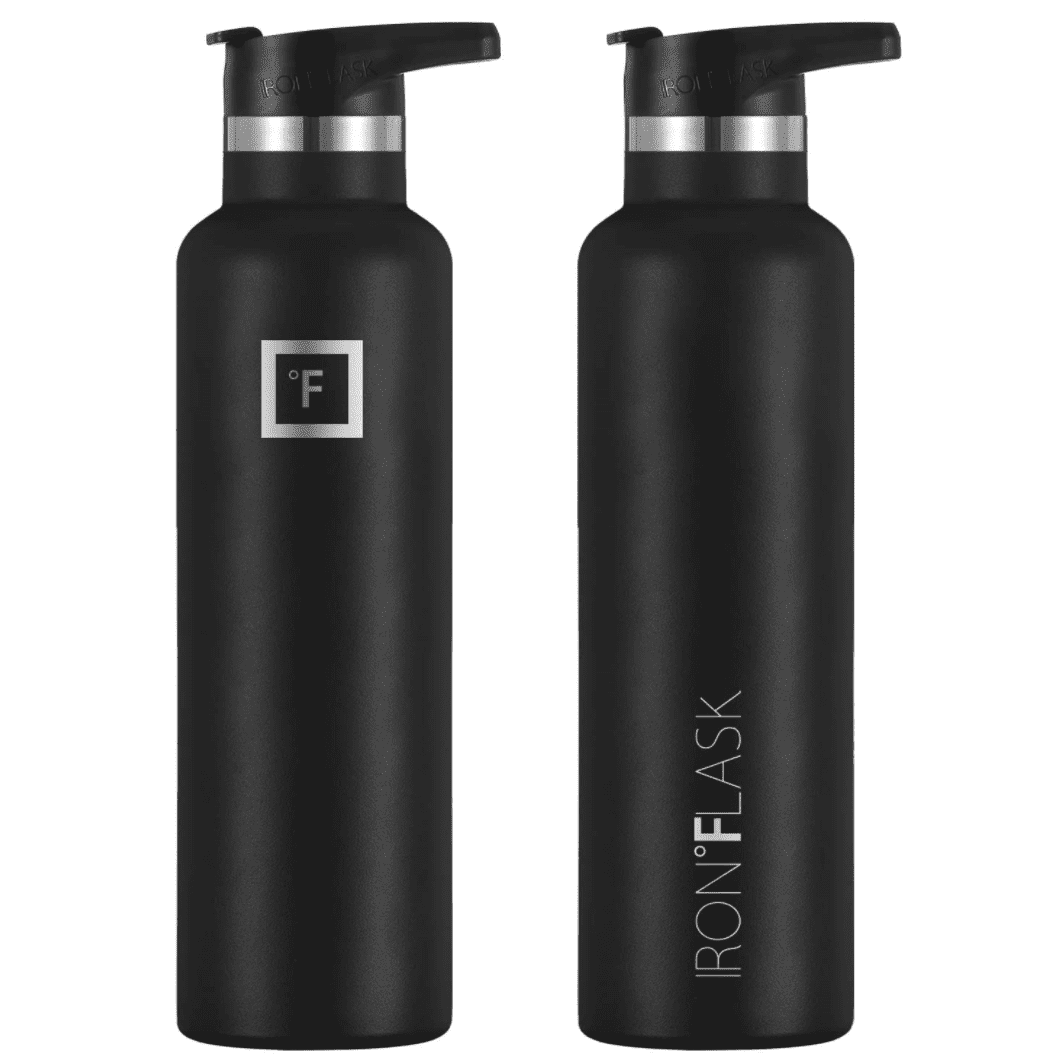
Eventually, I landed on a cart that was made in Germany – two wheels because I can balance it out. Handles at shoulder height so I could hold my hand on it. Even though it limited me the feeling of freedom on my spine and body made it much more enjoyable.”
6. An alcohol stove “because they can’t break or freeze on you!”
Resources for Sexual Assault
If you think you are at risk of sexual violence or might have experienced sexual violence, tell someone you trust.
RAINN (Rape, Abuse & Incest National Network) is the nation’s largest anti-sexual violence organization. RAINN created and operates the National Sexual Assault Hotline (800.656.HOPE, online.rainn.org y rainn.org/es) in partnership with more than 1,000 local sexual assault service providers across the country and operates the DoD Safe Helpline for the Department of Defense. RAINN also carries out programs to prevent sexual violence, help survivors, and ensure that perpetrators are brought to justice. Find out more.
NO MORE is dedicated to ending domestic violence and sexual assault by increasing awareness, inspiring action and fueling culture change. Learn more here.
In Canada, you can also get help by:
- contacting one of the provincial crisis lines
- going to the nearest Sexual Assault Centre
- calling the police
Learn about more places to get help if you are experiencing violence of any kind.
Read More on Active Adventuress
Confessions of a Wannabe Aurora Chaser: The Myths and Magic of the Northern Lights in Norway
Meet Hurtigruten’s Chief Aurora Chaser, Tom Kerss, who teaches wannabe aurora chasers how to experience the Northern Lights in Norway.
Getting Real About Spain’s Camino with Jane Christmas and “What the Psychic Told The Pilgrim”
Jane Christmas’s funny memoir of her 780-kilometre trek across Spain on the Camino de Santiago to celebrate her 50th birthday and midlife.
Searching for Awe? Don’t Miss Bora Bora
Located in French Polynesia, Bora Bora is a magical ocean paradise well worth the trip, even for women in their 80s.

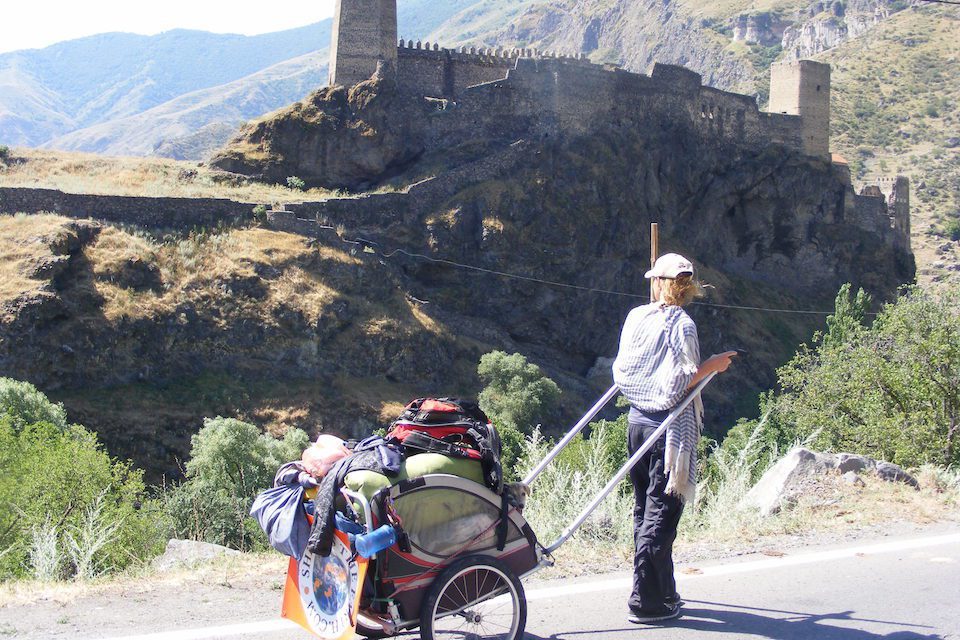

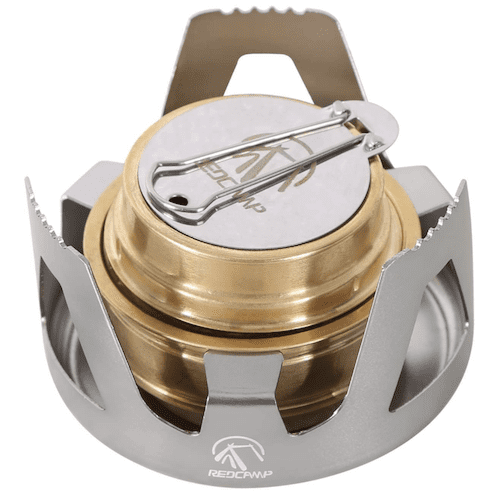
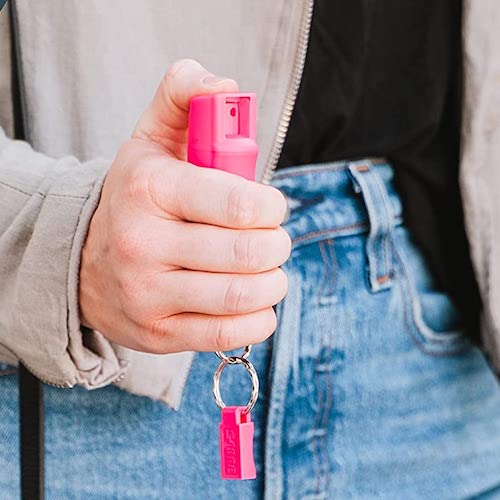
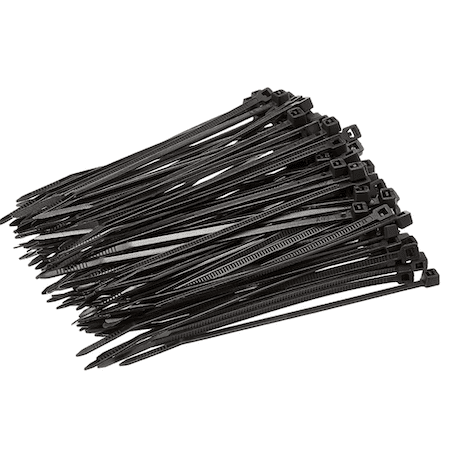
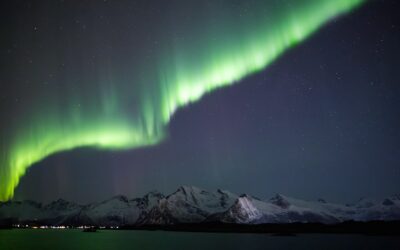
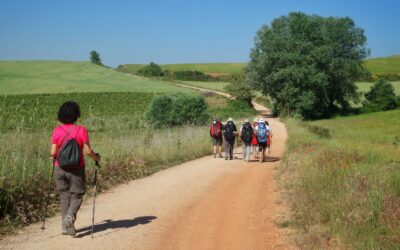
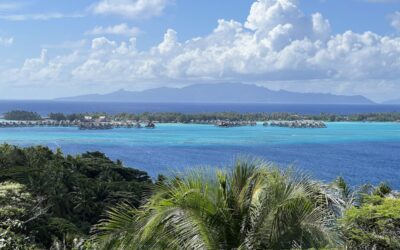
Excellent Photography. Who took the photos?
Many of the photos were taken by media, supporters or by Angela using her tripod. I’ll ask her to respond to you. Thanks!
Inspiring, strong admirable young woman! Stuck in a rut is the feeling I have right now & seeking a way to get going & be adventurous again – it’s stories like this that just could get me moving!
P. S. You’ll always have a place to stay down here in South Devon, Angela.
So happy to have heard of Angelas’ around the world walk! If you are ever walking in Florida, you are welcome to stop by for a hot or cold meal or drink:-) Nanci J Kersch, Traveladdictbook.com
Amazing accomplishment! Where can I find the route map?